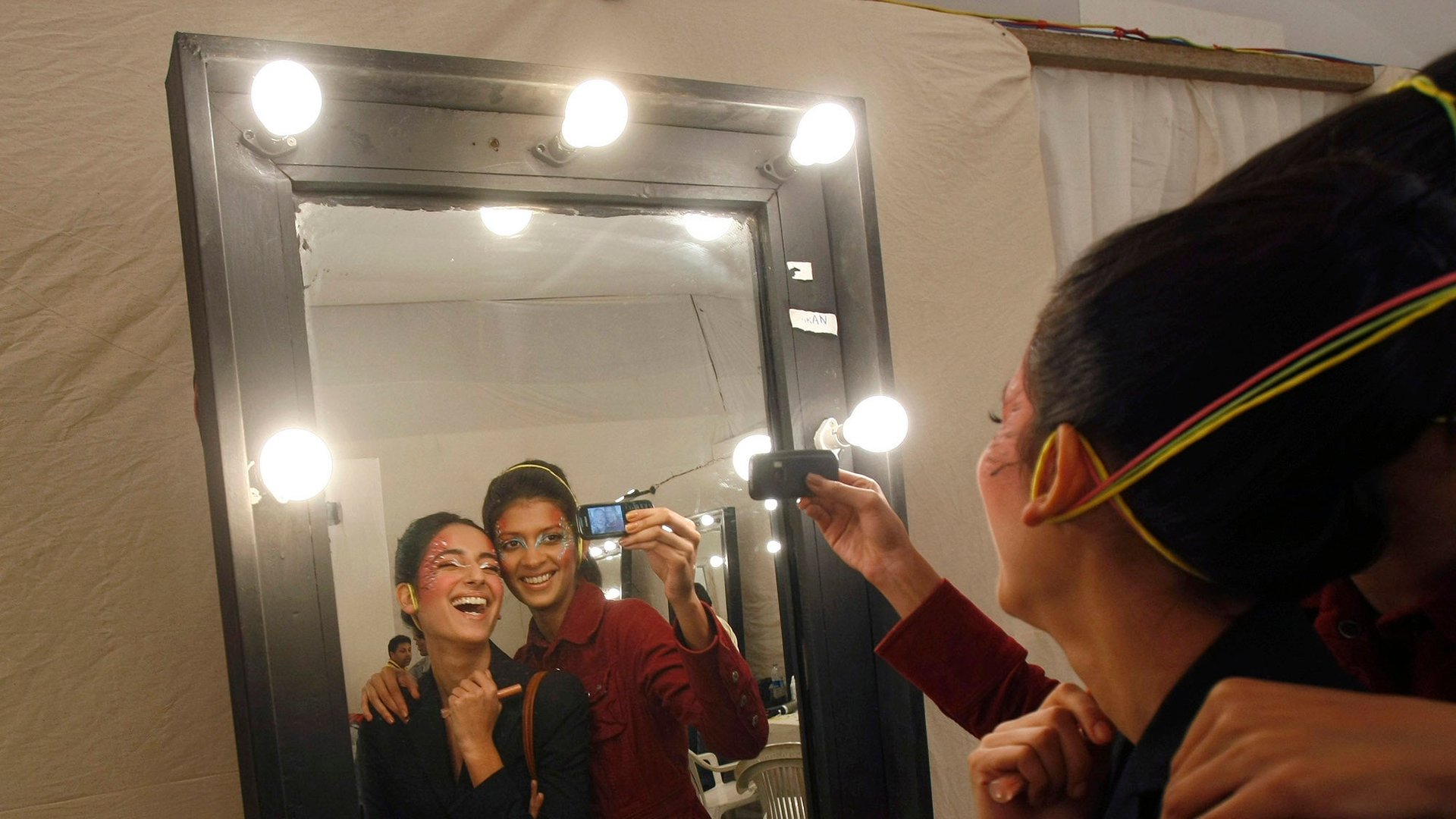All hail the rise of India’s urban stupid
India’s 1% are suffering like its 99%—that is, if the 99% had sports cars and Louis Vuitton shoes.


India’s 1% are suffering like its 99%—that is, if the 99% had sports cars and Louis Vuitton shoes.
According to anecdotes reported by BuzzFeed, an aspiring actress works in a dance bar to afford a Gucci top. A marketing executive bought a fancy car on a bank loan but now sleeps in it because she can’t afford to pay rent. And then there is a young journalist who skips lunch so she can buy fancy sandwiches for dinner instead.
It’s easy to dismiss these anecdotes in the light of the actual poverty in India. The real urban poor include the driver who has to work two jobs to pay for his kids’ education; the maid who’s forced to pay for both her husband’s alcohol addiction and his medical bills; or the ragpickers who rummage the garbage to find recyclables that will buy them a meal.
But those are old problems. They’ve always been there. Even if you give your maid a raise, it’s hardly going to change anything. So we are implored by BuzzFeed to pay attention to the problems of today:
Objectively and relative to a vast majority of Indians, they aren’t “poor” at all. But they’re certainly hungry and broke a lot. These are the metro-dwelling twentysomethings who’ve internalized the pressures surrounding them, and spend a majority of their salaries on keeping up the lifestyles and appearances that they believe are essential to earning those salaries.
It’s not often that you hear about the 1% going hungry. These may be self-inflicted harms, but they are real nonetheless. People don’t get afflicted by the habits of the rich for the sheer fun of it. It happens because of immense peer pressure: there are always fancy party pics on Facebook, expensive brunches on Instagram, and foreign beach holidays on Snapchat. And to be part of the community, you have to comply.
Welcome to the social-media cave
I asked my friends whether they knew any “urban poor.” Most were appalled that such financial idiocy existed. But then, slowly and guiltily, some came forth with stories of similar choices. In a perverse sense, now that people are opening up, it’s cool to admit having made a bad financial choice (or at least thought of making one).
One friend told of a 25-year-old who sold his dad’s Enfield to buy a Ford Ecosport. Most of the man’s tiny salary from a startup job went towards paying back the bank loans he’d taken out, while his wife’s salary paid for groceries and rent.
Then there is a young executive who commutes long distance to save on rent. The reason? So that he can buy the annual two-week foreign trip.
And there is a 28-year-old who could walk to work, but doesn’t. He thinks people would judge him if he did. So instead, he spends money every day on an Uber to and fro.
They are part of the first generation in India that is not living in a world of scarcity. Two decades ago, their parents wouldn’t have dreamed of the lifestyle their kids have today. Back then, people’s primary concerns were jobs and savings. Now designer clothes and swanky bars take precedence.
“It’s like the popularity contest in school,” one friend said. “Instead of fading, it has just shifted to the urban space.”
The driving force for the so-called urban poor is not just social status, but social-media status. They might hesitate to save up for a fancy business-school degree, which would confer its own kind of prestige. But they won’t delay spending on things that provide them with instant gratification, especially when it can be shared via social media. At that moment, some young professionals value the status update from Bali more than an MBA.
One might ask how people can justify making such short-sighted and superficial financial decisions. But each person, in their own way, is equally trapped in the social-media rat race. So you might want to forgive them for forgetting the difference between peer pressure and stupidity.
We welcome your comments at [email protected].